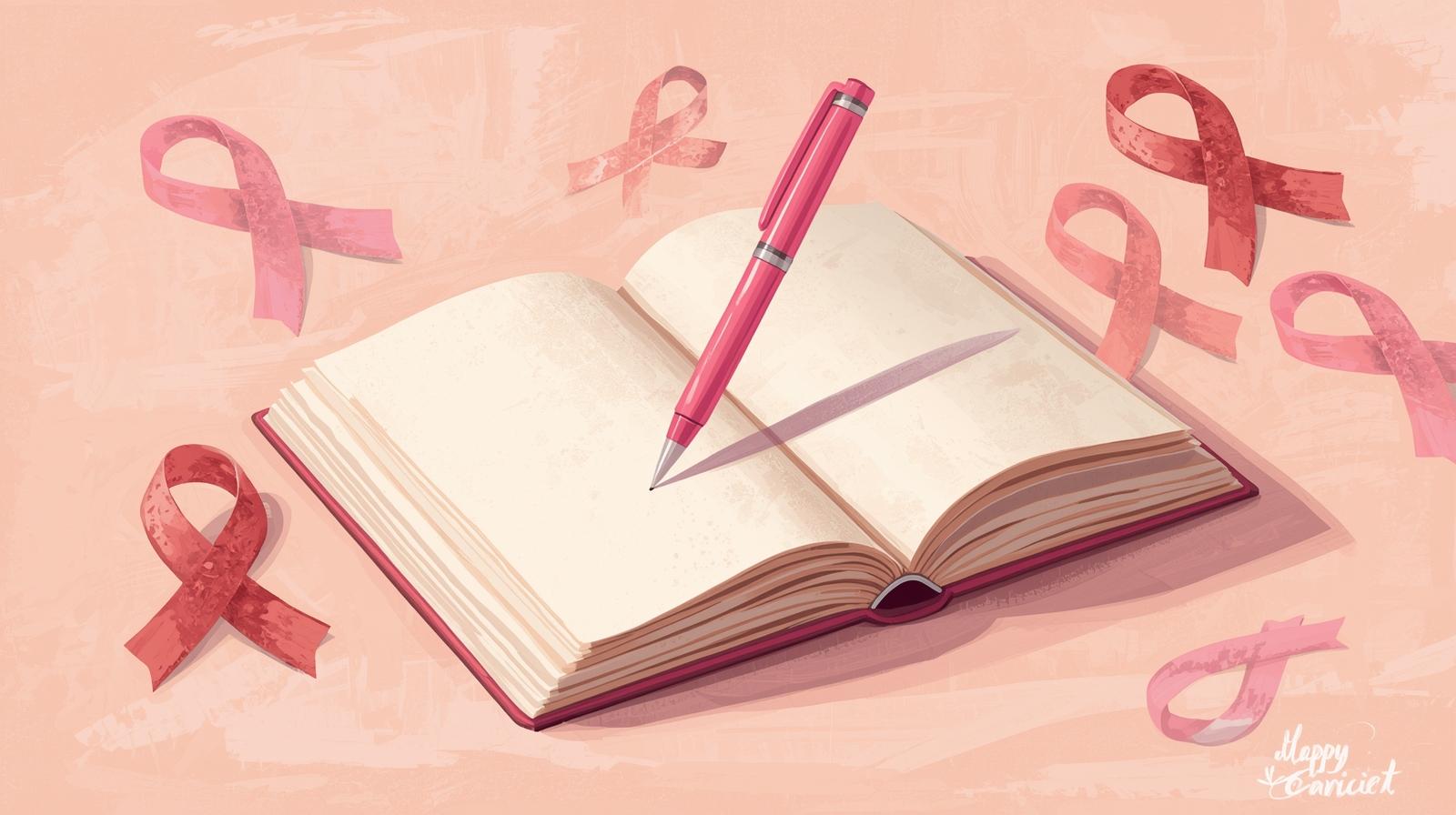
A mammogram is one of the most effective tools for early detection of breast cancer. If you are getting ready for your first one, it’s normal to feel a bit anxious. Understanding what to expect and how to prepare can make the experience smoother and more comfortable. It is important to guide women through every step of the process, ensuring they feel informed and supported.
What Is a Mammogram?
A mammogram is a low-dose X-ray of the breast used to detect early signs of breast cancer — sometimes years before a lump can be felt. It’s a safe, quick, and accurate screening tool recommended for most women starting at age 40, or earlier if they have higher risk factors.
Is a Mammogram Safe?
Yes, mammography is completely safe. It uses a very low dose of radiation, much less than what you’re exposed to during a regular X-ray. The benefits of early detection far outweigh any minimal risk. The equipment is strictly monitored and maintained to ensure your safety and comfort at all times.
Before Your Appointment
Here are some tips to make your mammogram as smooth as possible:
-Schedule around your menstrual cycle: Avoid the week before your period when breasts can be tender.
-Avoid deodorant, lotion, or powder: These can interfere with image clarity.
-Wear a two-piece outfit: You’ll only need to remove your top.
-Bring previous mammogram images for comparison, if you’ve had one before.
-If you are pregnant or breastfeeding: Inform your doctor before the exam. Mammography is generally not performed during pregnancy unless strictly necessary, as your doctor may recommend ultrasound instead — a safe and effective option for this stage.
If you are breastfeeding, mammography can be done safely, but it’s best to nurse or express milk just before the exam to reduce breast fullness and improve comfort and image quality.
During the Mammogram
The procedure usually takes about 10 minutes. Each breast is gently compressed between two plates for a few seconds to obtain clear images. This might feel uncomfortable but should not be painful. The technologist will guide you through each step and ensure your comfort as much as possible.
After the Mammogram
Results are typically available within a few days.
If your mammogram is normal, you’ll simply continue regular screenings as recommended.
If something abnormal is seen, your doctor may suggest additional tests such as a MRI or biopsy — which doesn’t necessarily mean cancer, but simply helps clarify the findings.
FAQs
Q: How often should I have a mammogram?
A: Women aged 40 and above should have a mammogram every year. If you have a family history of breast cancer, your doctor may recommend starting earlier.
Q: Is it painful?
A: Some women feel brief discomfort during compression, but it lasts only a few seconds.
Q: How can I reduce anxiety before the test?
A: Learn about the procedure, bring a friend for support, and remember that mammograms save lives through early detection.
Call to Action
If you’re due for your first mammogram, book your appointment today and take the most important step toward protecting your breast health!
About the Author
Dr. Annalisa Perego is a breast surgeon at Well Woman Clinic Dubai, specializing in early detection and personalized care for women of all ages. Her approach combines advanced medical technology with empathy, education, and patient empowerment.

